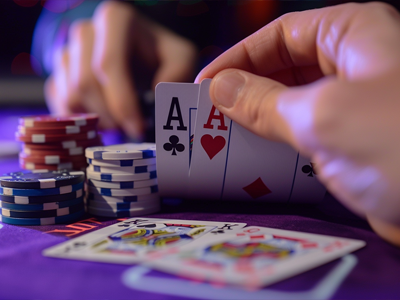The insurance bet in blackjack can seem enticing, but it isn’t for everyone
In blackjack, one of the more controversial side bets is the insurance bet. It comes into play when the dealer shows an Ace, offering players a chance to bet that the dealer has a blackjack. If the dealer indeed turns over a ten-value card (10, Jack, Queen, or King), the insurance bet pays out at 2:1. This can seem like an attractive option, but seasoned blackjack players often caution against it. Understanding the balance between risk and reward with insurance is key to making the right call.
The allure of the insurance bet lies in the potential payout. For half the value of your original bet, you can secure a 2:1 payout if the dealer does have blackjack. It sounds tempting, especially when faced with the possibility of losing your entire hand. However, there’s more to consider than the payout. The dealer won’t have blackjack more often than they will, statistically speaking, which makes the insurance bet less appealing in the long run.
The house edge increases when players consistently take insurance. In a standard deck of cards, there are 16 cards (10s and face cards) that can complete the dealer’s blackjack out of 52, giving roughly a 30.8% chance of hitting blackjack. This means that for every time you win the insurance bet, there are more than twice as many times when you’ll lose. Over time, this makes insurance a losing proposition for most players.
Most blackjack experts recommend skipping the insurance bet unless you’re counting cards and can confidently determine that the deck is rich in 10s. Otherwise, the small payout potential isn’t worth the long-term cost. By refusing insurance, players preserve their bankroll and avoid falling into a trap that tilts the odds further in the casino’s favor.

